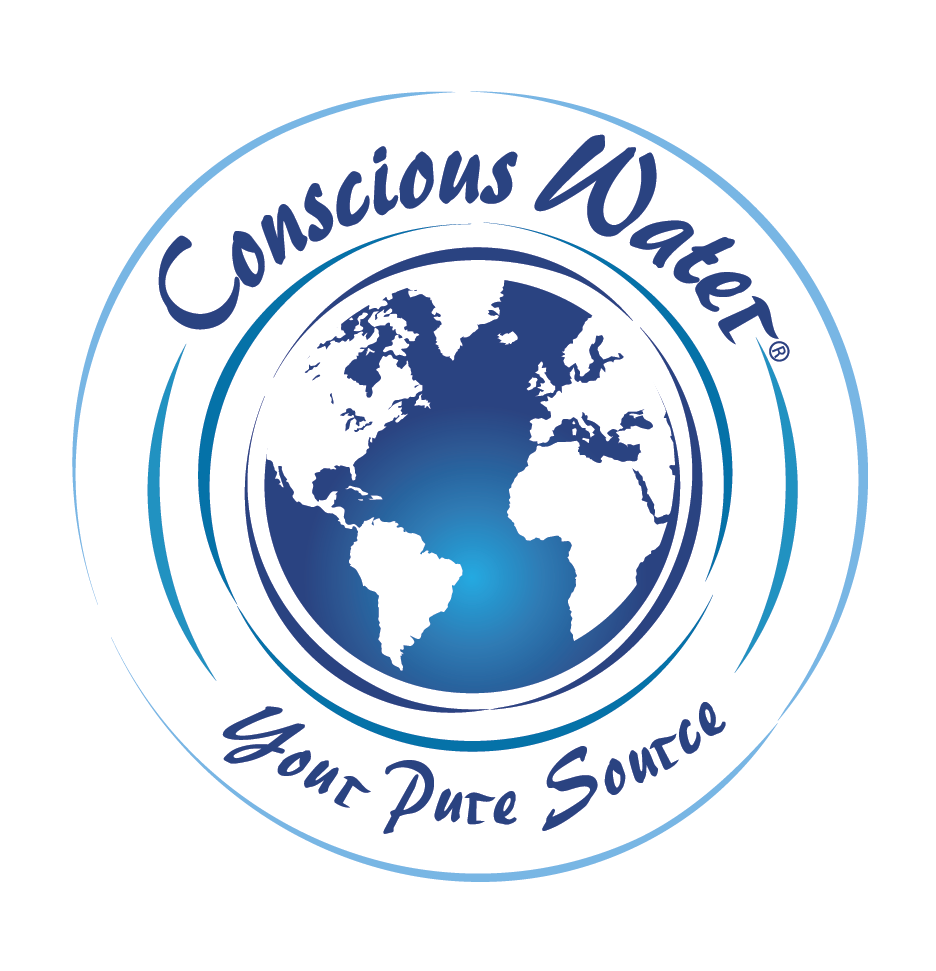Acidic water is water with a low pH level. Low, in this case, is anything under 6.5 or 7. Water with a pH of 7 is neutral, and anything over 7 or 7.5 is alkaline.
Water develops acidity due to its concentration of hydrogen ions. These ions enter the water via natural conditions, such as soil exposure, or artificial conditions, such as industrial chemicals or pollution exposure.
Acidic water negatively impacts the environment, as well as human health. It damages homes, causes skin irritation, and can create digestive and other health issues.
This is why it’s so important to identify water in your home as acidic and do whatever you can to remedy the problem.
What Causes Acidic Water in the Home?
Understanding the cause of acidic water can help you eliminate it from your home.
There are several ways that acidic water develops. The first is through the natural process of water passing through rocks or soil containing minerals.
The most common materials that cause acidity to develop are limestone or granite. When these minerals dissolve in the water, they increase their acidity.
Another way acidic water develops is due to certain pollutants, such as industrial or agricultural runoff, contaminating a water source.
In addition to these external problems that cause water to become acidic before it enters your home, it’s also possible that neutral or alkaline water can become acidic due to your home’s outdated plumbing system.
If your pipes are made from materials that react with water, such as lead or copper, it will affect your tap water’s pH.
Homeowners can regularly test the pH level of their water to ensure its safety. If they notice their water supply is consistently acidic, they can take necessary measures to treat acidic water if needed.
What Are the Dangers of Acidic Water?
Acidic water poses a variety of risks. For example, drinking acidic water poses several health risks, including dental health.
One of the most common concerns of drinking acidic water is that it will erode tooth enamel over time, leading to tooth decay and cavities.
Acidic water also irritates and inflames the lining of the esophagus and stomach. People who regularly drink acidic water often complain of heartburn, acid reflux, and stomach pain.
Prolonged consumption of acidic water can also disrupt the pH balance in the body. This also puts you at risk of developing digestive issues and nutrient malabsorption.
Acidic water also takes a toll on your skin and hair. While these might not seem like concerns as serious as your digestive system or dental health, remember that your skin is your body’s largest organ.
If your skin’s health is damaged by exposure to acidic water, it can affect your overall health and leave you feeling dry and itchy.
Finally, acidic water may increase the risk of developing mineral deficiencies. This is because acidic water leaches vital minerals such as calcium, magnesium, and potassium from the body.
How Does Acidic Water Threaten Your Home?
In addition to the health of those living in your home, acidic water threatens the health of your home itself.
Most risk is related to your home’s plumbing fixtures and appliances that use water. Water with a low pH flowing through your pipes causes corrosion. This leads to leaks and, eventually, the need to repair your pipes. Acidic water is also a threat to:
- Dishwashers
- Water heaters
- Washing machines
- Refrigerators
- Water pumps
- Shower heads
Secondary Damage
In addition to the primary damage caused by low pH water, the acidity also means:
- Your cleaning products have to work hard to get the job done
- You’ll notice stains on clothing, and the lifespan of your clothing is often less than if you had healthier water
- You’ll notice discoloration on your home’s surfaces that are exposed to water
How Do You Test for Acidic Water?
The good news is that if you suspect the water in your home is acidic, you can test to confirm it.
Paper test strips and pH meters are the most common methods for testing pH in tap water.
Strips are the most convenient and cheapest way to test. You dip the strip into a water sample, and if the colour indicates a problem with the pH value, you’ll know you need to treat your water.
A pH meter is a less convenient and more expensive option that provides more accurate results than strips. These are recommended for people with chronic pH problems, possibly because of where they live and what their water is exposed to.
Thankfully, once you’ve identified a problem with your home’s water pH, there are several options you can use to treat the problem. The best treatment option depends on the severity of the problem.
Fixing the Problem with Acidic Water
One of the best options is a neutralizing water filter. These filters contain calcite or limestone chips that dissolve and increase the pH level of the water.
You can also use a chemical feed system. This introduces chemicals like soda ash or sodium bicarbonate to neutralize the acidity.
One thing to remember about treating pH long-term is that you should address the underlying cause of the problem. Quick fixes work in a pinch, but over time, you’ll want to actually correct the issue, if possible. This is easier said than done if your municipal water supply is acidic.
If dealing with acidic water is costing you time and money, and it’s affecting your health and the health of your loved ones and your home, there are things you can do to fix the problem.
Filters are one of the best options you have. They correct the pH value of water before it touches your skin or before you drink it.
To shop our water filter selection or to learn more about the best way to deal with acidic water in your home, email or call for more information.


